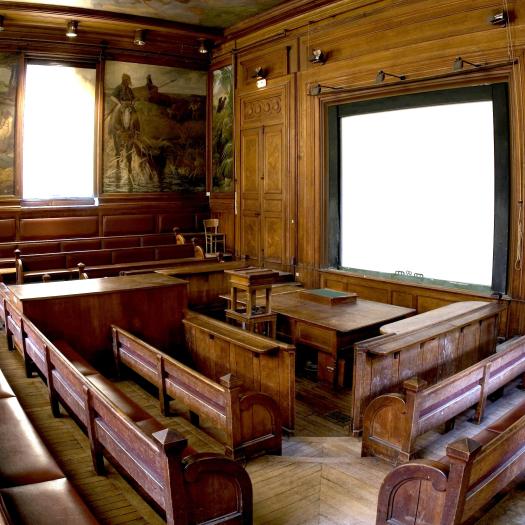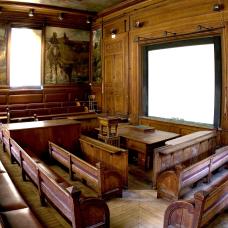PhD Defense - Maxime Lasseron


La soutenance de thèse de Maxime Lasseron aura lieu le mardi 3 novembre 2020 à 10h à l’amphithéâtre de la Galerie de Paléontologie et d’Anatomie Comparée.
Thèse de doctorat sous la direction de Emmanuel Gheerbrant, de Nour-Eddine Jalil et de Ronan Allain.
Composition du jury :
Abstract:
The evolution of continental vertebrates during the Upper Jurassic and the Jurassic – Cretaceous transition remains poorly known and poorly documented. This is even more striking for the Gondwanan faunas, particularly those of Africa. This is yet a pivotal period, which saw major paleogeographic events and the appearance of major modern clades of terrestrial vertebrates. The discovery of new fossil sites in the Anoual Syncline (Oriental, Morocco), at Guelb el Ahmar (Middle Jurassic) and at Ksar Metlili (Upper Jurassic – Lower Cretaceous), fills these gaps in the fossil record and allows a new perspective on this period. These microvertebrate faunas are the richest and the most diversified ones from the Gondwanan Mesozoic. These two sites have yielded more than 53,000 identified microremains of continental vertebrates. Our systematic study describes and identifies 53 distinct species at Ksar Metlili and 27 at Guelb el Ahmar, including one of the richest associations of micro-mammals in Africa and Gondwana. The faunal lists are revised and augmented with four new mammalian species and three new non-mammalian cynodonts, as well as potential new species of rhynchocephalian lepidosaurs, albanerpetontid amphibians and heterodontosaurid dinosaurs. The rhynchocephalians present at Guelb el Ahmar and Ksar Metlili, as well as the albanerpetontids, could belong to the same evolutionary lineage that persisted in Morocco between the Middle and Upper Jurassic. A preliminary phylogenetic analysis of “dryolestoid” mammals includes for the first time the species of this group described at Ksar Metlili. It suggests that they belong to a monophyletic group, confirming the morphological data, and leads us to classify them within Donodontidae, for which we provide an emended diagnosis. It also suggests that Donodontidae are related to Zatheria, in accordance with the African fossil record, thus renewing the question of the origin of zatherians. This thesis also highlights the antiquity and significant diversity of the Mesozoic African fossil record of early zatherians, which opens up perspectives on the evolutionary and paleobiogeographical history of modern mammals (Theria). Most of the diversity of the Anoual Syncline sites is represented by less than 5% of the identified elements, the remainder belonging to a cohort of a few subautochthonous taxa. Similarity dendrograms highlight a strong similitude between the faunas from the two sites, which questions the age of the site of Ksar Metlili, previously considered Berriasian. Large-scale faunal comparisons with other sites from the Jurassic – Cretaceous transition and the presence of relict taxa lead to the proposal of a Purbeckian facies and of a Tithonian – Berriasian age for Ksar Metlili, as well as a reinterpretation of the Jurassic – Cretaceous boundary at the Berriasian – Valanginian boundary. The paleobiogeographical affinities of the Anoual microvertebrates reveal a complex paleobiogeographical history, linked to recurrent trans-Tethyan dispersal events, to a significant Pangean component and to the existence of an African or intra-African provincialism as early as the Jurassic – Cretaceous transition.



